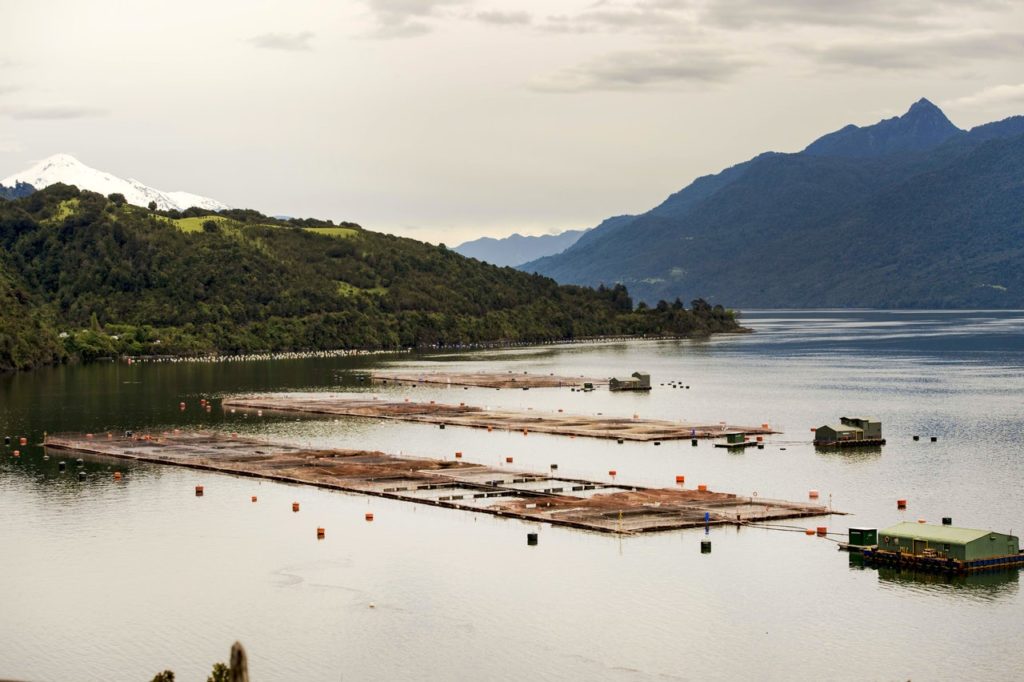
Wild fish aren’t the only ones feeling the squeeze from climate change. As warmer, lower-oxygen waters spread, domesticated fish are suffering as well.
In Chile, for instance, an algal bloom in 2016 killed nearly 12 percent of the country’s farmed salmon at a cost of $800 million. Scientists have now attributed that bloom to conditions that arose as a result of climate change, according to a new study published in the journal Scientific Reports.
But it won’t be the last time climate change is tied to die-offs in aquaculture operations, scientists say, and harmful algal blooms may be the prime cause of those losses.
LINK (via: News Deeply)






Q: What the difference between a mass Zoo Fish farm-escape and a new fishing destination?
A: About twenty years.
I saw some of Chile’s first losses cropping up in Argentina’s then (after a rare westward turn to run through the Andean cordillera for the Pacific) Chile’s Futaleufu River twenty-five years ago. Six to ten huge dark shadows way out in a set of that big from the very start river’s racing shallows not many miles from Trevelin and Esquel. As I picked off 14- to 16-inch browns and rainbows in the less-brawly, gliding gravel-flats margins with a 5-weight and dries and nymphs, there was a local man 100 yards upriver from me with a 6-foot bright-green solid-glass spinning rod, at least 40lb test nylon and a heavy spoon carrying the biggest treble hook I had ever seen used in freshwater. I soon understood why, when he hooked one of those dark shadow, a 20- to 25-pound King, in its back half an hour or so later, then, after 250 yards of following it down the river, passing me and offering a “Lo siento” apology on the way, landed it, river-cobble bashed it, slung it unceremoniously over his shoulder, gaving me a friendly nod and a wink and as he began walking home.
I was left feeling strangely inadequate.